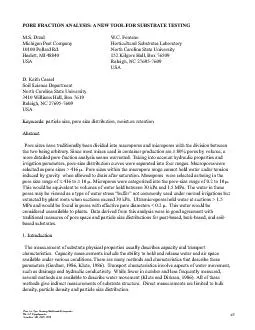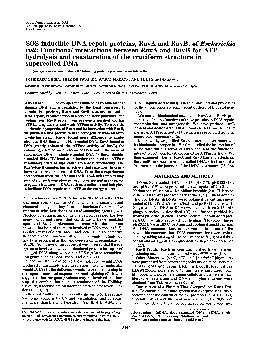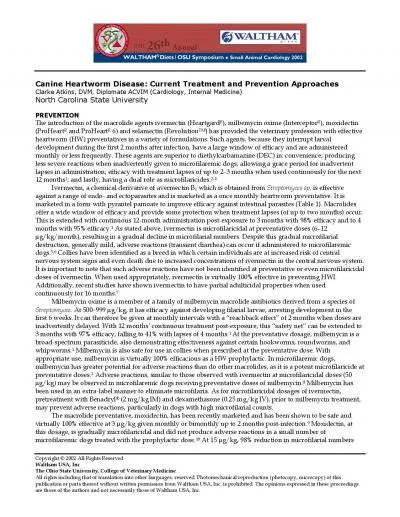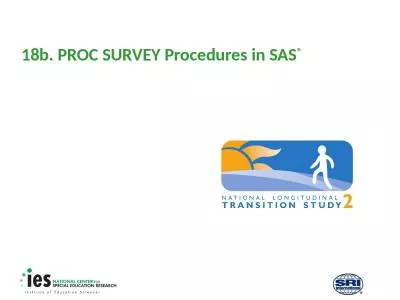PDF-Proc. Int. Sym. Growing Media and HydroponicsEd. A.P. PapadopoulosPORE
Author : kittie-lecroy | Published Date : 2015-09-27
Keywords particle size pore size distribution moisture retention the two being arbitrary Since most mixes used in container production are more detailed porefraction
Presentation Embed Code
Download Presentation
Download Presentation The PPT/PDF document "Proc. Int. Sym. Growing Media and Hydrop..." is the property of its rightful owner. Permission is granted to download and print the materials on this website for personal, non-commercial use only, and to display it on your personal computer provided you do not modify the materials and that you retain all copyright notices contained in the materials. By downloading content from our website, you accept the terms of this agreement.
Proc. Int. Sym. Growing Media and HydroponicsEd. A.P. PapadopoulosPORE: Transcript
Download Rules Of Document
"Proc. Int. Sym. Growing Media and HydroponicsEd. A.P. PapadopoulosPORE"The content belongs to its owner. You may download and print it for personal use, without modification, and keep all copyright notices. By downloading, you agree to these terms.
Related Documents














